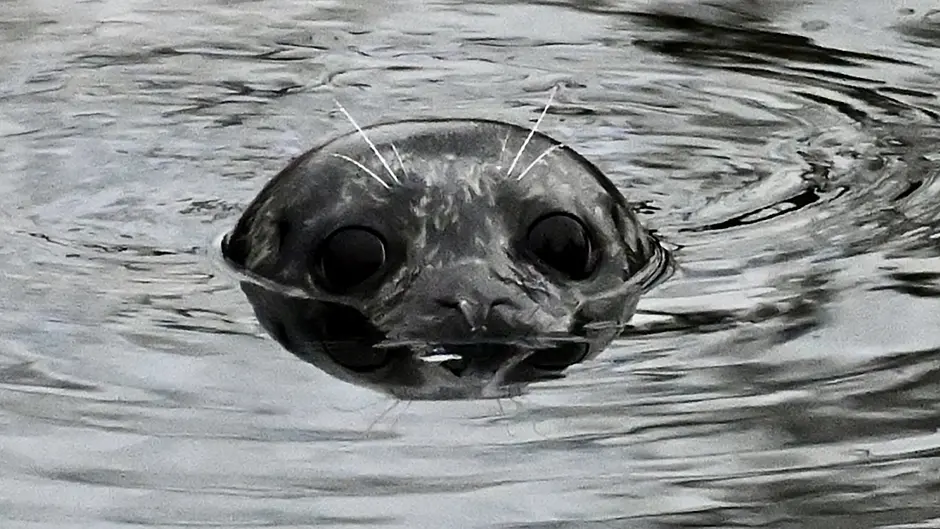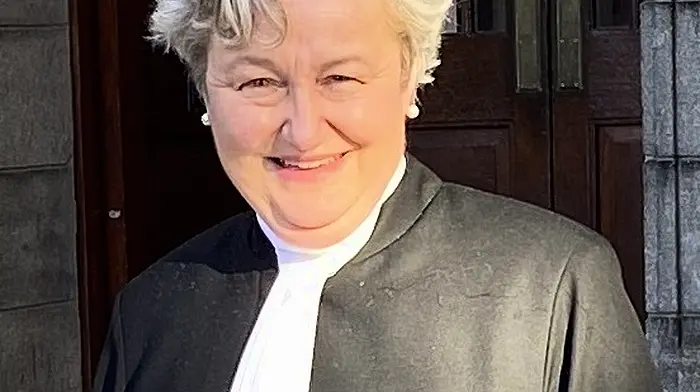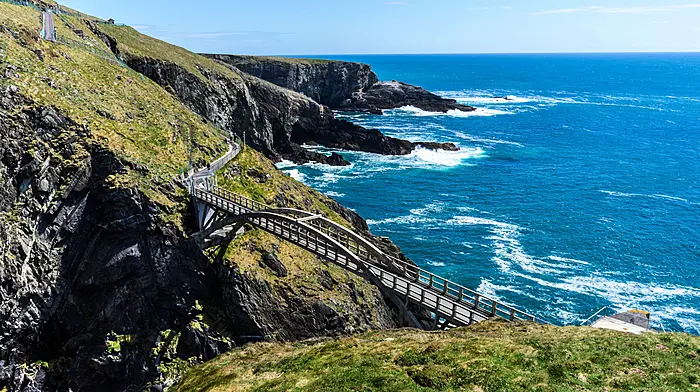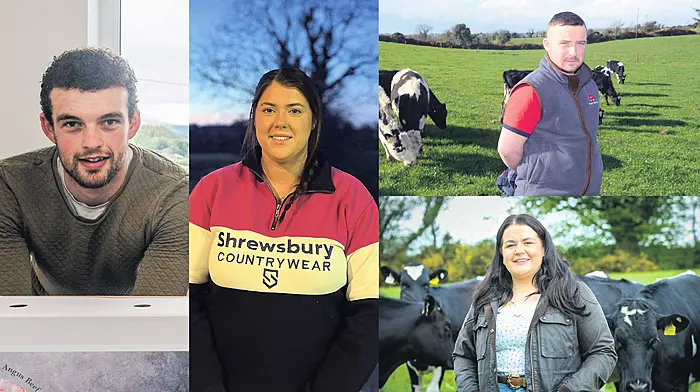RECENTLY, I participated in a seal rescue training session organised by Seal Rescue Ireland (SRI), a registered charity, held at Cecas in Myross Wood, Leap.
As a frequent visitor to West Cork’s shores, attending this training felt like a logical thing to do.
I had often wondered about the best approach to take if I ever encountered a distressed seal.
The training equipped me to join a nationwide volunteer network. Post-training, I am now ready to aid in the rescue of seals along our shores and assist in their transportation to the SRI rehabilitation centre in Courtown, Wexford. Here are some learnings from the training.
Grey and harbour seals
Seals are a common sight along our shoreline, with our local waters being home to two distinct species: the grey seal (halichoerus grypus) and the harbour or common seal (phoca vitulina). Prime spots for seal watching include Garinish Island, Toe Head, Baltimore, Clonakilty, and Kinsale.
Distinguishing between the two species can initially be challenging. Grey seals, the more abundant species, are notably larger than harbour seals. Male grey seals can surpass three metres in length and weigh over 300kg, while male and female harbour seals typically measure and weigh 1.85m and 150kg respectively.
Harbour seals have a rounded head, short snout and slightly dipped forehead when viewed from the side, with nostrils forming a V-shape. In contrast, grey seals possess a longer snout and a flatter head profile, with more parallel-oriented nostrils.
Both species exhibit spots on their bodies, more visible when they haul out on land. Harbour seals tend to have numerous smaller spots, while grey seals feature fewer but larger spots. Both are endowed with a thick layer of blubber for insulation against cold water and a short fur layer for warmth.
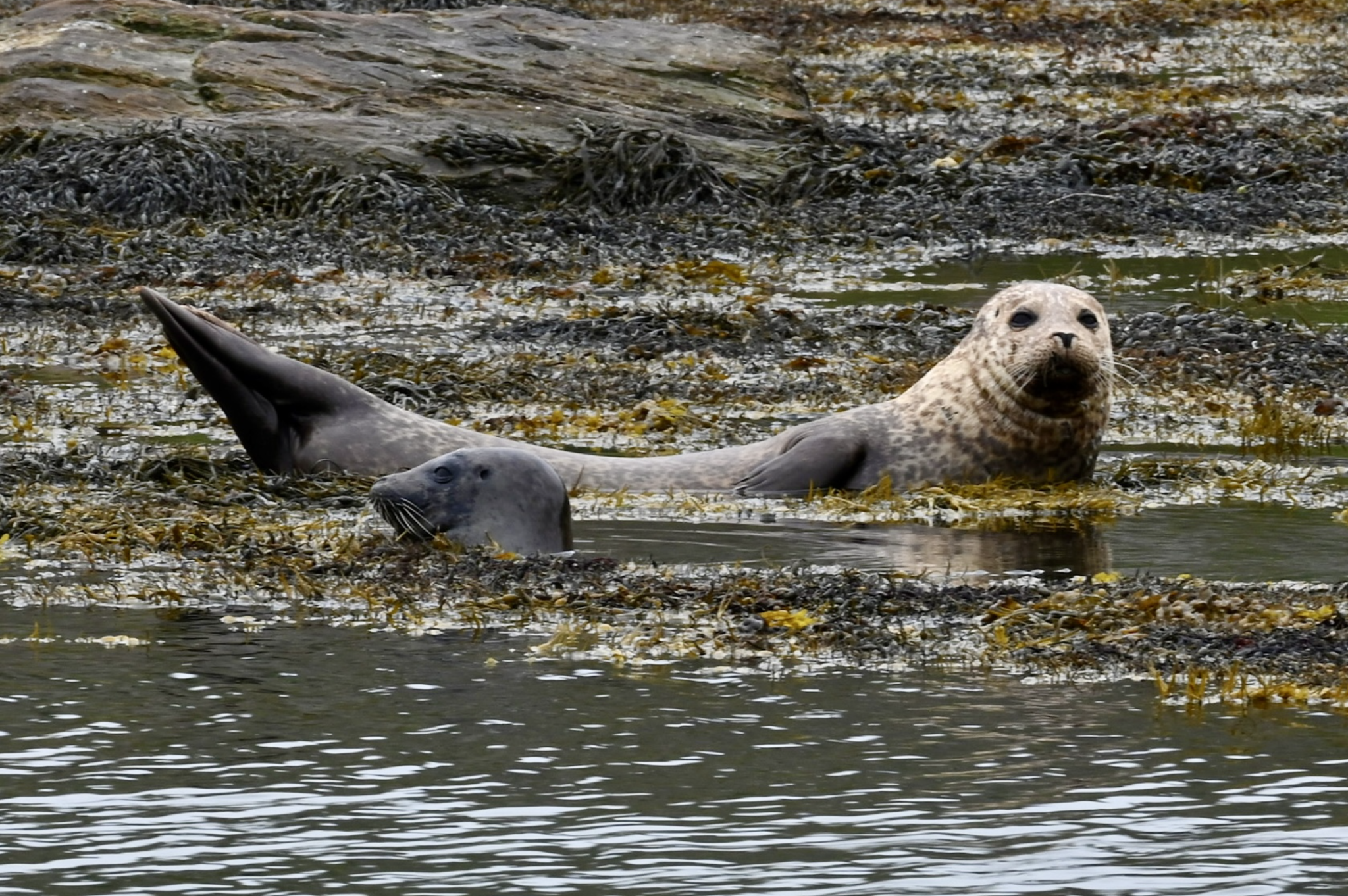 A happy harbour (or common) seal seen at Glengarriff , taken from a safe distance of over 100m to avoid disturbance. (Photo: Nick Haigh)
A happy harbour (or common) seal seen at Glengarriff , taken from a safe distance of over 100m to avoid disturbance. (Photo: Nick Haigh)
Peak rescue season
Seal Rescue Ireland focuses primarily on rescuing seal pups, making volunteer work busiest during and after pupping season.
Harbour seals give birth in summer, with pups immediately ready to swim after shedding their lanugo (baby fur) in the womb. They stay with their mothers for four to six weeks before learning to hunt independently. In contrast, grey seals deliver pups in winter, starting in September.
Grey seal pups must remain on land until they shed their non-waterproof lanugo at around three weeks old.
After weaning at around three weeks, they begin swimming and learning to hunt on their own.
Storms commonly lead to pups that need rescuing. We were told to anticipate most call-outs for our assistance from October to January, after grey seal pupping, and after winter storms.
 A grey seal feeding her pup near Toe Head. (Photo: Nick Haigh)
A grey seal feeding her pup near Toe Head. (Photo: Nick Haigh)
Rescuing seals
A key takeaway from the training is that finding a seal pup alone on a beach isn’t an immediate cause for concern. It is normal, especially for grey seals, for pups to be left alone while their mothers hunt and their coats aren’t waterproof for the first three weeks. Seals should never be put or herded back into the sea. When Seal Rescue Ireland is alerted to a potentially distressed seal pup, volunteers assess their health and determine if removal to the rescue centre is necessary.
If a seal is healthy, but in a busy area, volunteers may educate the public or use signs to protect it. It is crucial to maintain a safe distance of at least 100 metres to ensure the pup’s survival, especially in busy areas.
Population numbers
Both species of seals in Europe are currently categorised as ‘least concern’ by the International Union for Conservation of Nature.
However, they are protected species in Ireland under the Irish Wildlife Act and the EU Habitats Directive.
In West Cork, we have two special areas of conservation (SACs) that list seals as a key reason for the designation; Roaringwater Bay and Islands SAC for grey seals and Glengarriff Harbour and Woodland SAC for harbour seals.
Harbour seals are of special concern in Ireland due to a gradual decline in numbers, with only 3,000 to 4,000 remaining today.
Grey seals faced near-extinction in Ireland in the early 1900s due to hunting, but recent protections have enabled their population to recover.
Today, there are approximately 8,000 to 10,000 grey seals in Ireland.
Threats
Seals primarily face human-induced threats, including overfishing, entanglement in fishing gear and ingestion of plastic litter, including discarded fishing gear.
Participants in the training were saddened by images of seals entangled in nets and stories of seal deaths from ingesting plastic debris, such as a tragic and fatal incident involving a seal pup and a crisp packet.
Seals, indiscriminate feeders, may mistake plastic debris for food, especially if it is shiny as it resembles fish scales. The impact of microplastics on seals is still being investigated, but it is already known that pollution compromises their immune systems, making them more susceptible to disease.
Disturbance is another significant issue. Seals need uninterrupted time on land for rest, digestion, moulting, breeding and birthing. Human curiosity and off-lead dogs can prevent seals from resting and distress mother seals, leading to pup abandonment. Calls to cull seals due to perceived impacts on commercial fisheries remain controversial and debated within conservation circles.
How you can help
Seal Rescue Ireland offer various ways to support their mission, including pup adoptions, memberships, donations, sponsorship, fundraising and, as I am doing, volunteering your time.
If you spot a seal in distress, you can contact their 24/7 hotline at 087-1955393.
SRI also collects reports of dead seals, which can be submitted through their website at www.sealrescueireland.org. Removing litter from the shoreline is another key way to help.
I am glad I have signed up as a volunteer and look forward to the opportunity to help. Seals are indicators of ocean health and monitoring the number and reasons for seal pup rescues can provide important information about the state of our marine environment.
I feel that helping seals is particularly relevant given the threats they face are all caused by human activity.

